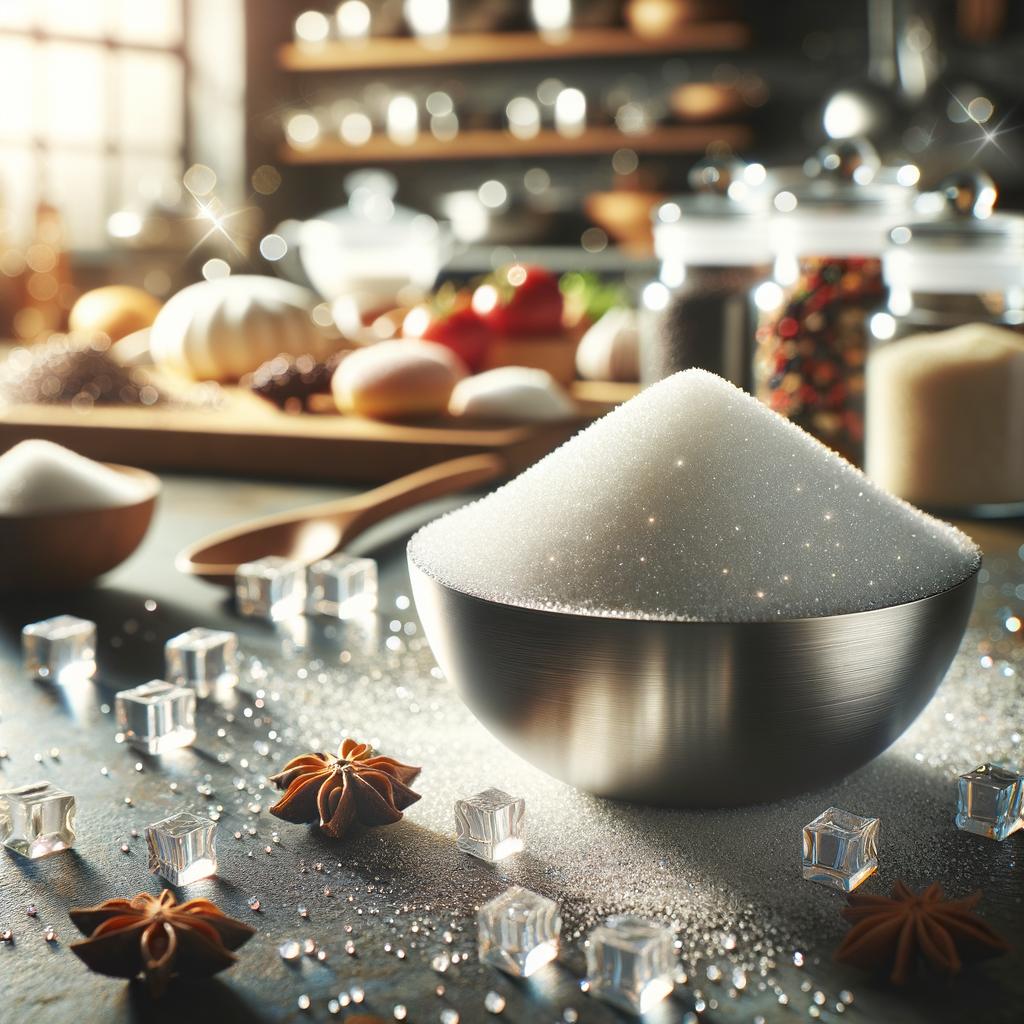Icing Sugar

Description
Meet the star of the confectionery world, icing sugar, also known as powdered sugar or confectioners' sugar. This delicate ingredient is the epitome of culinary finesse, characterized by its ultra-fine, powdery consistency that feels almost like a soft snowfall in your hands. Its crystalline grains are so tiny, they are almost invisible to the naked eye. Icing sugar is noted for its sweet, yet subtle flavor profile that can be as enchanting as a winter's tale. What sets it apart from its granulated and caster sugar cousins is its ability to dissolve almost instantly, lending a smooth, creamy texture to whatever it graces.
Primary Uses
Icing sugar is the darling of the pastry kitchen. It's the secret behind the silky smooth icing on your favorite cake, the dusting on your doughnut, and the decorative glaze on your holiday cookies. It's a key component in a variety of cuisines, from the French buttercream to the Italian cannoli filling. Beyond the realm of the culinary, icing sugar also finds use in non-food applications such as in craft projects, where it can mimic snow for a winter scene, and in certain homemade cosmetics due to its fine texture.
History
The history of icing sugar is as sweet as its taste. It dates back to the medieval times when it was a luxury item, used sparingly in the royal kitchens of Europe. The invention of the sugar mill in the 15th century made sugar more accessible, and by the 16th century, creative cooks were using it to create the earliest versions of icing. Over time, its use has evolved and expanded, becoming a staple in kitchens worldwide. There's a charming folklore that icing sugar was first used by a French patissier who wanted to create a dessert as lovely and delicate as a winter's snowfall, thus giving birth to the tradition of dusting pastries with this enchanting ingredient.
Nutritional Information
While icing sugar is a delight to the senses, it is essentially pure sucrose and should be used sparingly in a balanced diet. It provides a quick source of energy due to its high carbohydrate content. However, it lacks the vitamins and minerals found in whole foods. Compared to other forms of sugar, its nutritional profile is similar, but its finer texture means it can pack more densely into a measuring cup, potentially increasing calorie content. Despite this, the magic it brings to your culinary creations can certainly be a part of a balanced, mindful approach to eating, making every bite a celebration.

